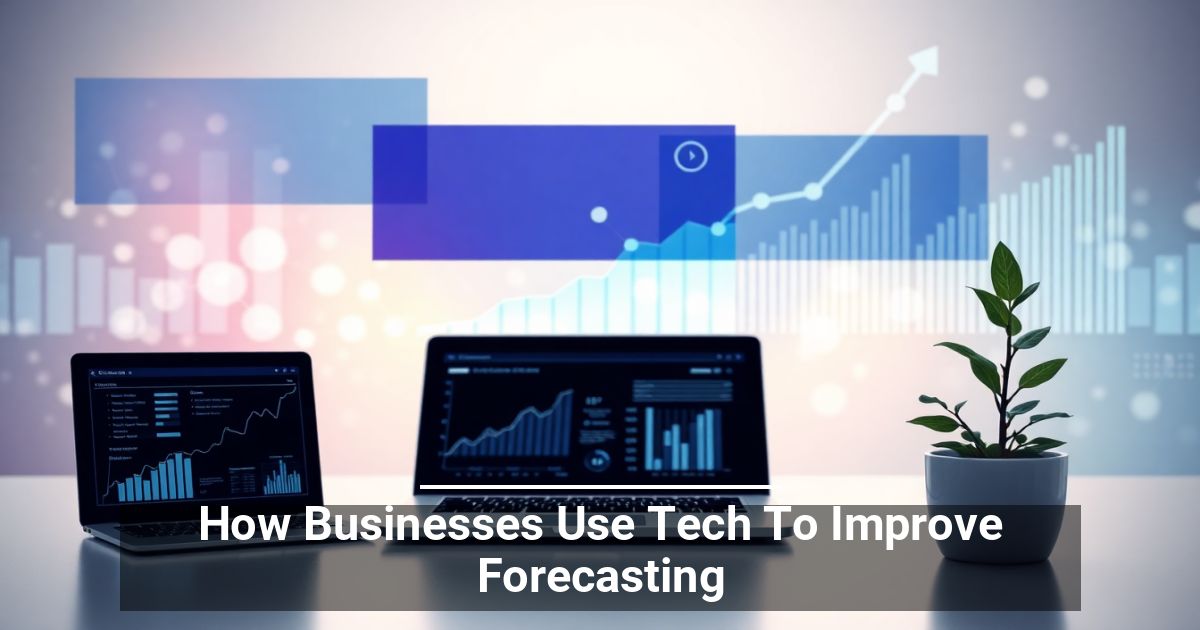 Fast-moving markets demand accurate forecasting. The ability to predict demand directly shapes inventory management, supply chain efficiency, production scheduling, and overall profitability.
Fast-moving markets demand accurate forecasting. The ability to predict demand directly shapes inventory management, supply chain efficiency, production scheduling, and overall profitability.
Businesses that still rely on spreadsheets or gut instinct are at a disadvantage when it comes to making these predictions, though. More and more businesses use technology to improve forecasting by blending advanced tools like artificial intelligence and predictive analytics into their planning processes, and are seeing more accurate results that directly affect the bottom line.
Why Forecasting Matters More Than Ever
The old approach of relying solely on historical data and manual analysis worked when markets were steady and predictable. But today, consumer preferences change on a dime, global supply chains face constant disruption, and new competitors seem to appear out of nowhere. Without accurate demand forecasting, businesses risk overstocking, underproducing, or missing opportunities altogether.
The latest forecasting technology provides data-driven insights that help companies stay agile. Instead of reacting to changes after they occur, businesses can see them coming and prepare.
From Guesswork to Predictive Analytics
At the core of this shift is predictive analytics. Rather than simply asking, “What happened last year?” businesses can now ask, “What will likely happen next month?” Predictive models analyze patterns from sales history, customer behavior, or seasonality to outside factors like economic conditions or weather trends to make an educated guess about what's to come in the future.
When businesses use technology to improve forecasting, they can reduce uncertainty and gain a competitive edge. For example, a retail company can anticipate holiday shopping spikes with greater accuracy, while a manufacturer can schedule production runs to match real demand instead of estimates.
The Impact of Artificial Intelligence in Forecasting
Artificial intelligence forecasting is the foundation of this revolution. Unlike traditional models, which can only account for a limited number of variables, AI thrives on complexity. Advanced algorithms can process massive, varied datasets at lightning speed to identify relationships that humans might miss.
This shift lets businesses be more proactive. Instead of waiting for demand signals to appear, AI helps businesses plan for and even shape demand through smarter pricing, marketing, and product launches.
Smarter Business Planning and Budget Optimization
Forecasting touches nearly every part of a business, not just inventory. Accurate projections fuel business planning, allowing leaders to allocate resources where they’ll make the most impact. Whether it’s hiring seasonal staff, expanding warehouse space, or scaling back marketing spend to account for the low season, better forecasts lead to better decisions.
Companies can optimize their budgets by aligning spending with likely outcomes, rather than relying on guesswork. That means fewer surprises, steadier cash flow, and healthier margins.
The Future of Forecasting Is Already Here
Technology has turned forecasting into a powerful growth tool rather than just a planning exercise. By embracing predictive analytics, AI, and data-driven insights, businesses can not only see the future more clearly but also shape it to their advantage.
Businesses use technology to improve forecasting because it’s a tool for survival in today’s competitive landscape. Those who adopt it will find themselves better prepared, more efficient, and far more profitable than those who don’t.


